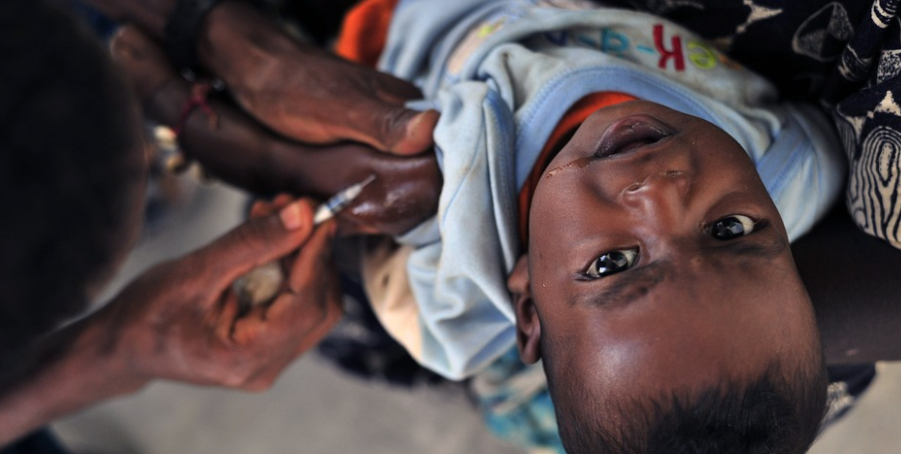
What do you really know about tuberculosis? If you are living in a high-income country, I imagine that you’ve probably heard of it but never really given it much thought. If this is the case, you should count yourself lucky, as the disease was one of the top ten causes of death and suffering in 2015. In fact, it has caused more deaths than the more popularly known HIV and malaria…sounds depressing, doesn’t it? Well, unfortunately it gets worse but there is hope if we have the gall and willpower to seize it.
According to a new WHO report released today, there were a total of 10.4 million new TB cases in 2015, with an estimated 1.8 million people dying as a result. And just like every terrible disease, it doesn’t discriminate – a total of one million children also fell ill with it in 2015. While global efforts to stop the spread of TB led to three million lives being saved, we are far from the level we should be at if we are to meet our 2030 targets and finally eliminate TB for good. These vision is laid out in an End TB Strategy which was adopted by the World Health Assembly in May 2014 and created targets linked to the global Sustainable Development Agenda.
While gaps in testing and reporting new cases in low- and middle-income countries remains a challenge, we are faced with an even greater obstacle we need to urgently overcome if we are to win this fight. Our current arsenal consists of an aged vaccine called the bacille Calmette-Guérin (BCG) vaccine which we have been using against TB now for over 90 years. However, due to the partial effectiveness of this vaccine, we need something better, something more definitive that will finally end the disease once and for all. The answer is simple – we need a new vaccine! But what is being done about it?
In fact researchers all over the world are right now working in clinical trials and research to discover a new TB vaccine. The problem is that there is nowhere near enough funding needed in order to properly address this disease and other poverty-related diseases like it. Currently, it is estimated that only 10% of worldwide health research expenditure is used to address diseases that impact 90% of the world’s disease burden, commonly known as the 10/90 gap. This exists because diseases such as TB and malaria affect poorer countries, thus eliminating the commercial drive for the industry to invest in research and development of new health technologies. This is why it is essential for governments to step-up and commit to funding new and innovative approaches.
This could start happening right now within Europe. Over the coming months, the EU will undergo a mid-term review of its seven year budget cycle. There is an excellent opportunity to tap into increasing budgets to support global health research. How they position global health innovation now will have important ramifications for future budget cycles. That’s why, when EU decision-makers sit down to review the budget, they will need to do three things:
- Commit to doubling global health innovation funding
- Ease funding access for Europe’s health researchers
- Support innovative ways to develop the next generation of global health technologies
There is no reason why we cannot commit to funding this crucial research and create a new and better TB vaccine. The only stumbling block that now remains is political will. There was a time when it seemed diseases such as polio and smallpox would be with us forever but we managed to overcome these. We did it before and we can do it again. We just need the drive to commit to it.
